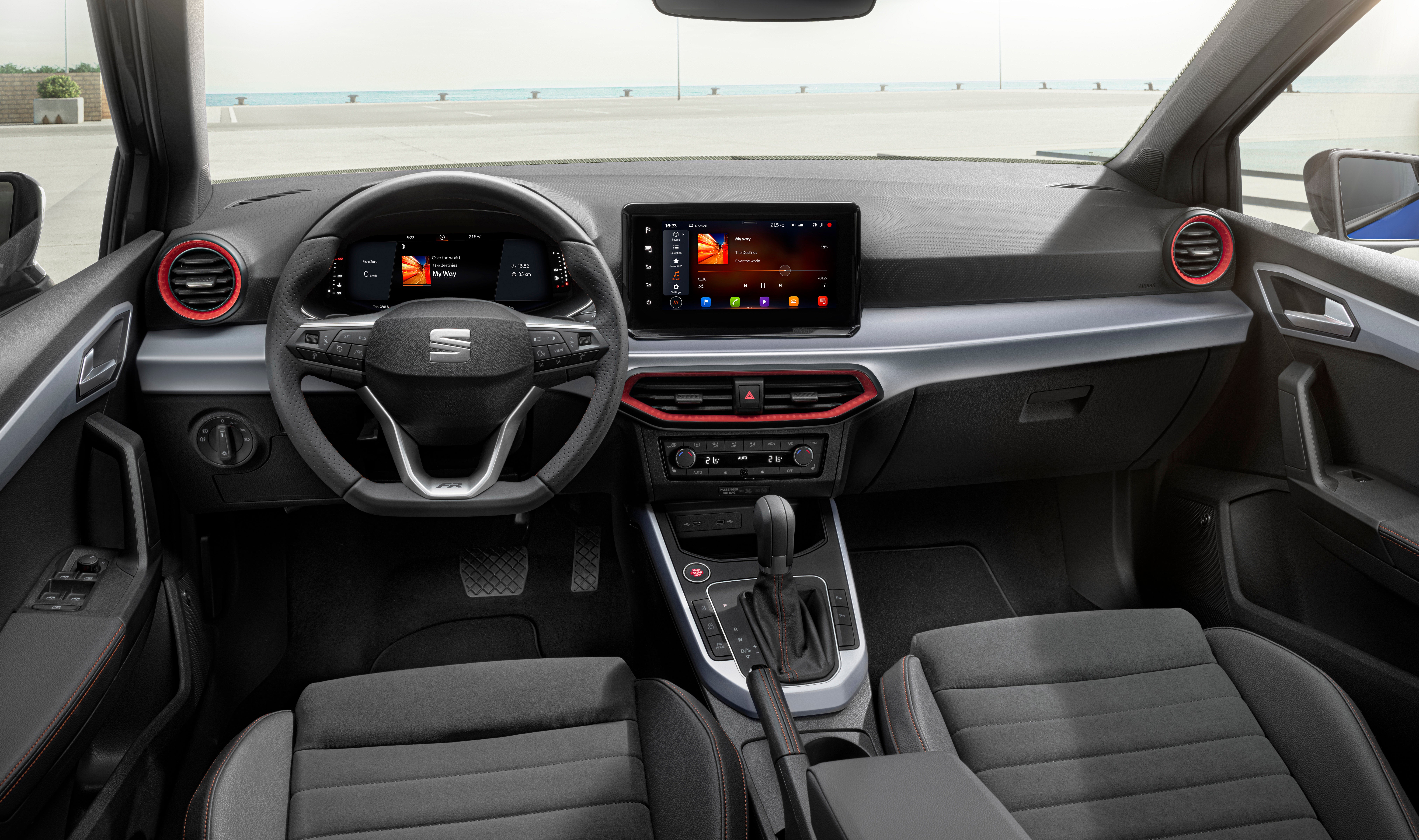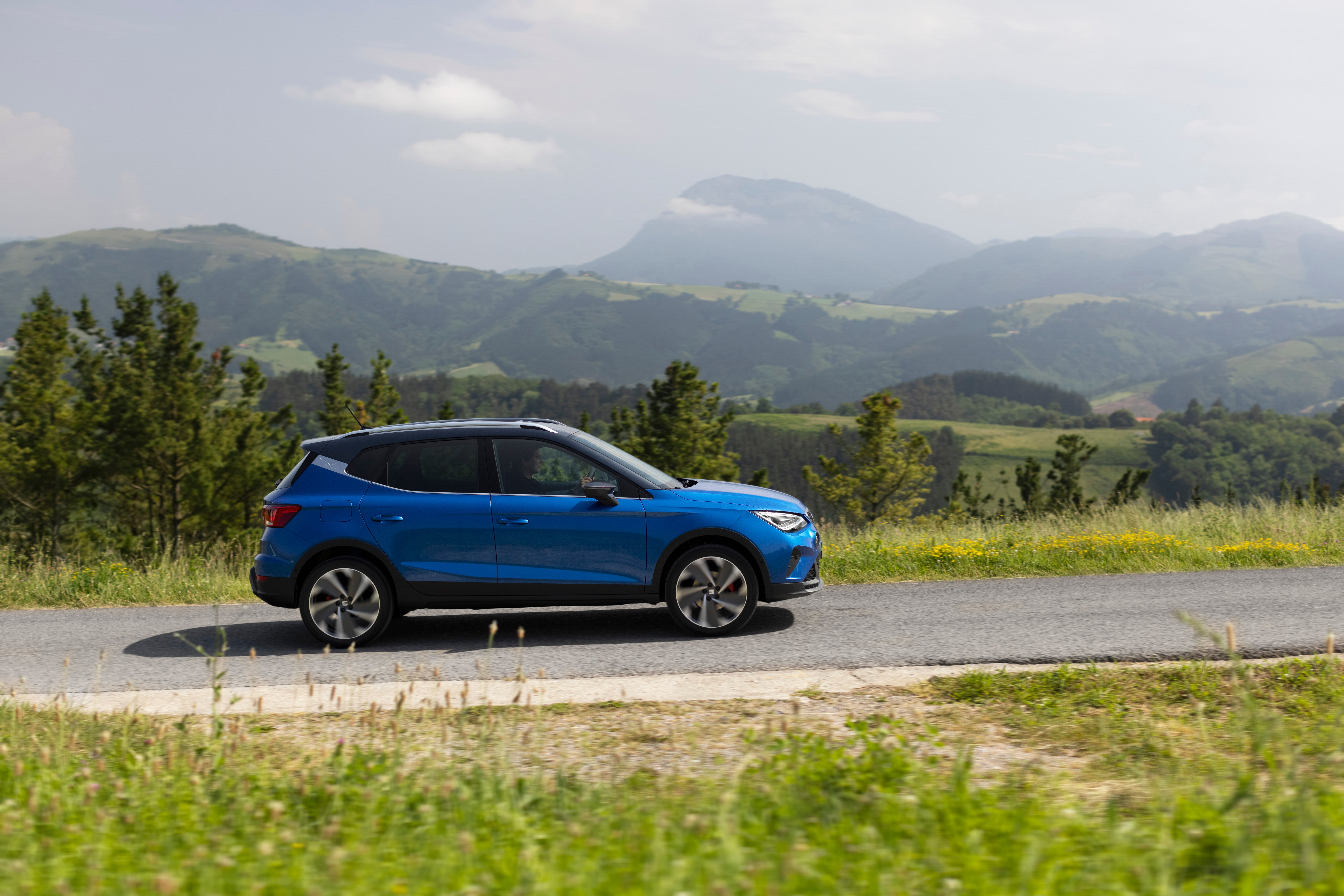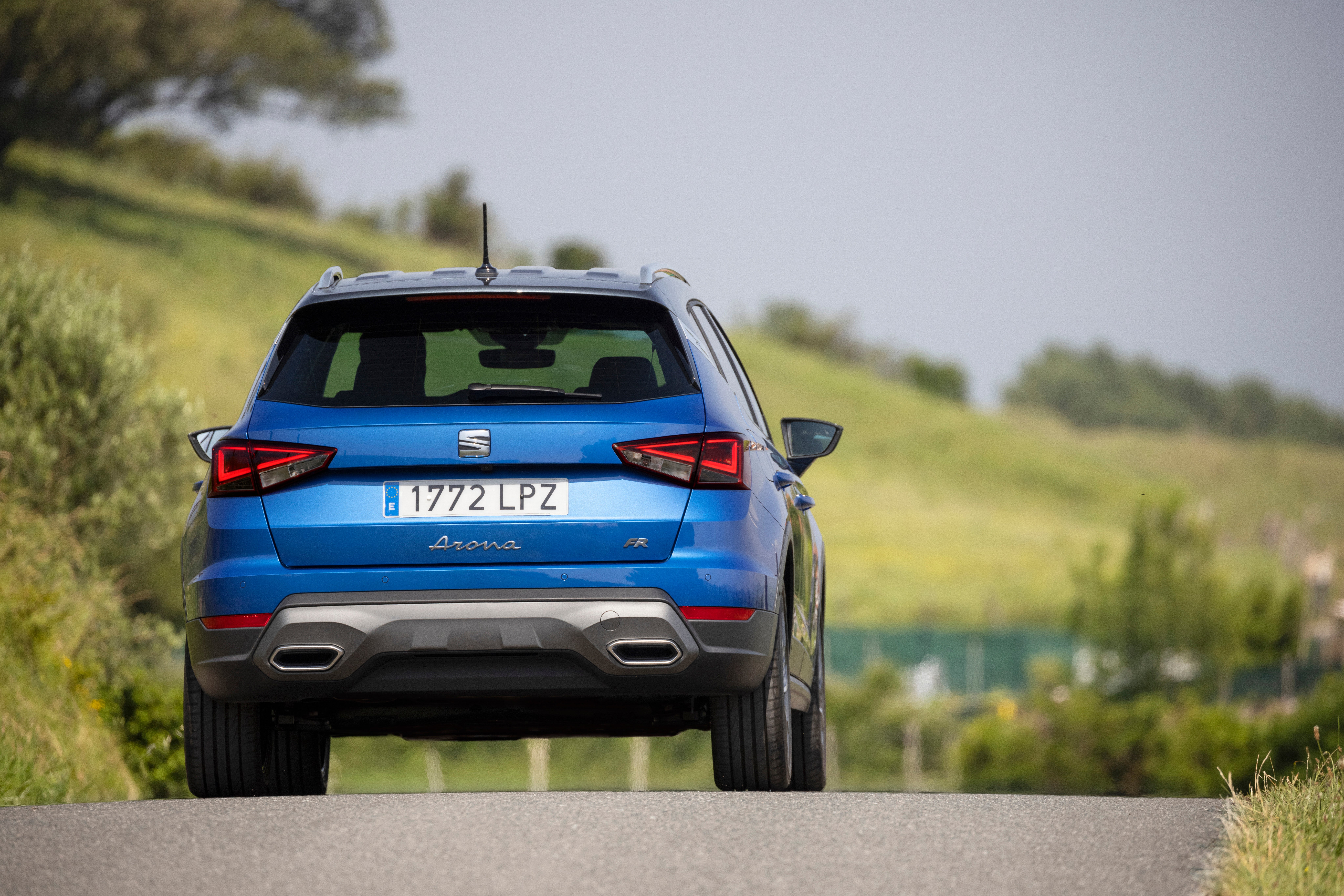
Support truly
independent journalism
Our mission is to deliver unbiased, fact-based reporting that holds power to account and exposes the truth.
Whether $5 or $50, every contribution counts.
Support us to deliver journalism without an agenda.

Louise Thomas
Editor
It’s very hard to imagine anyone ever feeling hostile towards a Seat Arona. I mean, just look at it. It’s been around for a few years and is the Spanish brand’s bestseller. It’s neatly and attractively styled, though nothing too dramatic, and with a facelift a couple of years ago it is a little more noticeable than before, with two prominent fog lamps adding a bit of character.
It still isn’t as distinctive as the Nissan Juke, or as fully contemporary in style as the Ford Puma or Peugeot 2008, but it’s really never going to offend anyone, either.

If it makes any sense, the latest addition to the Arona range, the FR Limited Edition, is even less offensive than that. There’s the usual range of tasteful metallic finishes available, but you can also get yours in a fashionable, but undeniably, well, grey shade of grey. The diamond-cut 18-inch alloy wheels, on the other hand, add some glamour.
The sober interior was improved a couple of years ago, with better quality plastics, and now there’s a 10-inch ‘digital cockpit’ and a 9.2-inch central ‘infotainment’ screen, plus a brilliant Beats sound system.
For added convenience, and to keep up with the competition, they also chuck in semi-autonomous parking assist (which I can never bring myself to trust), keyless entry, and a rear camera.
Given the current cost of repairing bodywork – and the associated inflation in car insurance premiums – the most valuable feature you can get on a car these days is a full suite of cameras and sensors that make sure you never inflict even the slightest scuff on yours or anyone else’s vehicle. Pernickety leasing companies will also look sternly on even the most trivial of cosmetic damage. Protecting your car’s exterior is the best investment you can make.

I have to say there’s still quite a lot to like about the Arona, and it oughtn’t be overlooked. The FR variants have a slightly sportier bent to them, but there’s only so much a slightly stiffer suspension and a one litre three-cylinder engine can do, supercharged and turbocharged though it is.
The standard VW Group automatic “DSG” (dual clutch- or direct short gearbox) transmission feels more responsive than the hesitant thing I can recall from its first iterations many years ago, but I can’t think it’s good value for money over a manual, which is also probably a better option in terms of longevity (though few people run a car for a decade any more).
THE SPEC
Seat Arona FR Limited Edition
Price: £28,620
Engine capacity: 1.0-litre petrol 3-cyl, 7-WP auto
Power output (PS): 115
Top speed (mph): 120
0 to 60 (seconds): 10.4
Fuel economy (mpg): 47.9
CO2 emissions (WLTP, g/km): 131
It’s mostly a comfortable car, lacking only a little lumbar adjustment, and the ride – like the performance and handling – is good, as you’d expect, given it’s based on the Ibiza hatch.
It’s not as spacious as its in-house rival the Skoda Kamiq, which has had a recent revision, but large enough for most needs and bigger than, say, the smaller offerings from the likes of Kia. The Dacia range, as ever, offers the most room per pound, and with fewer pretensions.

Like most examples in this class of city SUV, the Arona purports to be a five-seater, but it, as with its rivals, is fooling nobody there.
The main advantage the Arona has now it is well into middle age, is that there are good offers to be found if you shop around.
Apart from style and the kind of premium ambience you find in the baby Audi Q2 and a Mini Countryman, maybe even the VW T-Roc, the Arona doesn’t give that much away to its rivals.
As I say, I can’t really find a bad word to say about it in itself, so to speak – but I do have to offer the hope that one day the Arona will emerge as a properly affordable small all-electric SUV, something to rival the new Volvo EX30, say, and will carry the Seat name on into the next decades.







